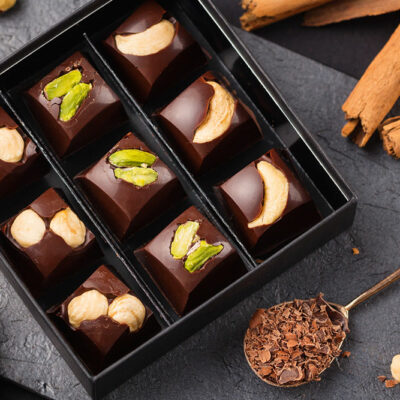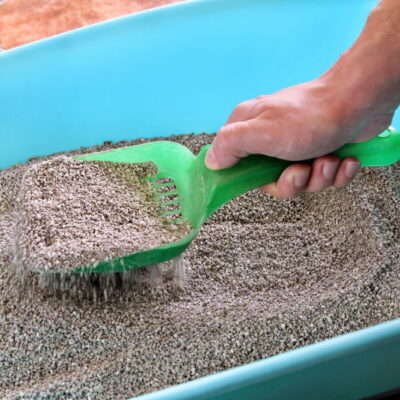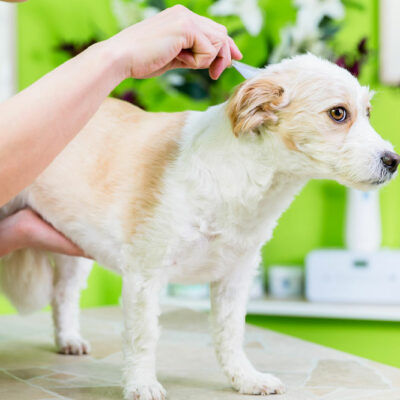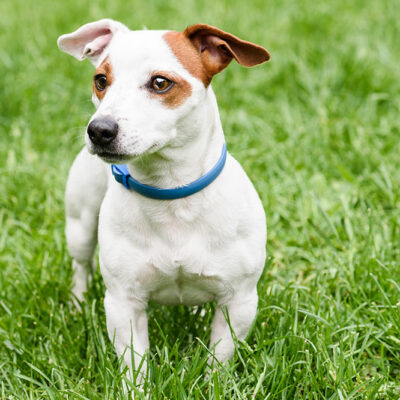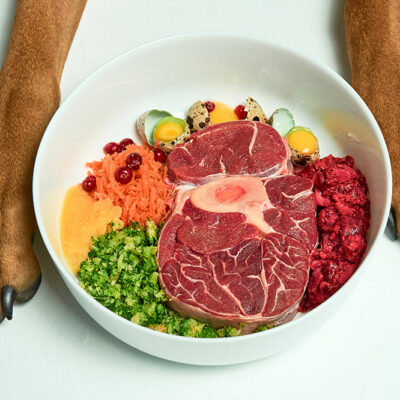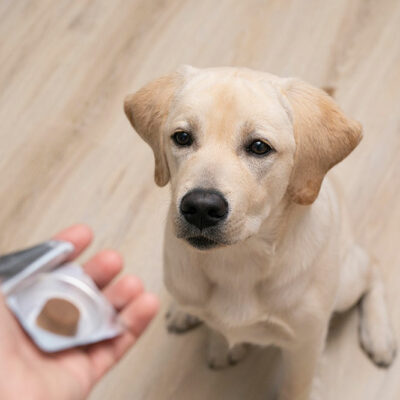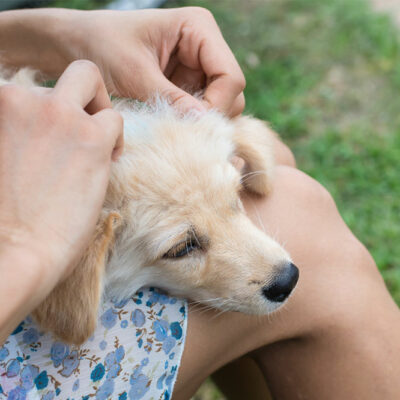
Easy and natural ways to get rid of fleas and ticks
Having pets is not all fun and games; it comes with a great sense of responsibility. We respect working adults and parents who are brave to take on the additional responsibility of adopting or rescuing pets. And in the bid to help some pet parents out, we have compiled the easiest remedies to rid their pets and house of the most unwanted guests – fleas and ticks. We hope these simple home remedies help you out. Use essential oils Rubbing some diluted essential oils on our pets’ coats is one of the best remedies to get rid of fleas and ticks from troubling our pooch. Use the essential oil that suits your pet, something that you may have tested on them before. It is advised to do a patch test and remember only to use diluted versions, as essential oils are strong and could easily irritate their skin. Keep the home squeaky clean No one’s saying your home isn’t clean, but let’s face it, with babies and pets around the house, the parents have to be extra careful. Like we would keep the floor vacuumed and dry at all times if we had a baby in the house, pet parents need to ensure their floors, couches, and bedding are well-vacuumed.
Read More 

